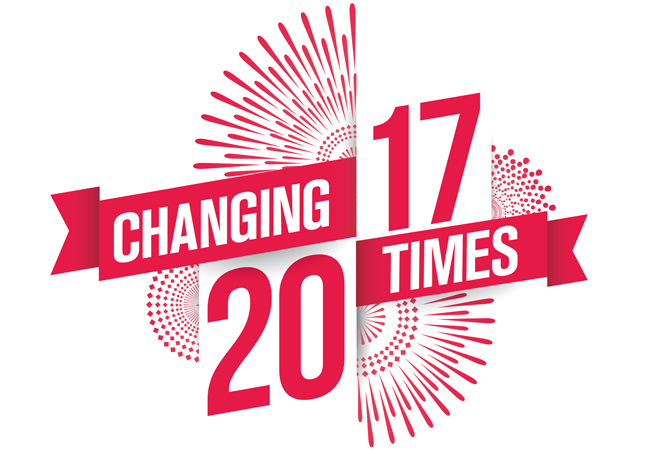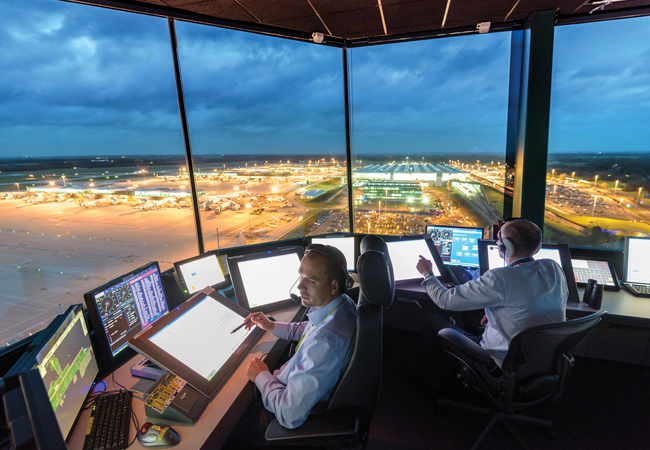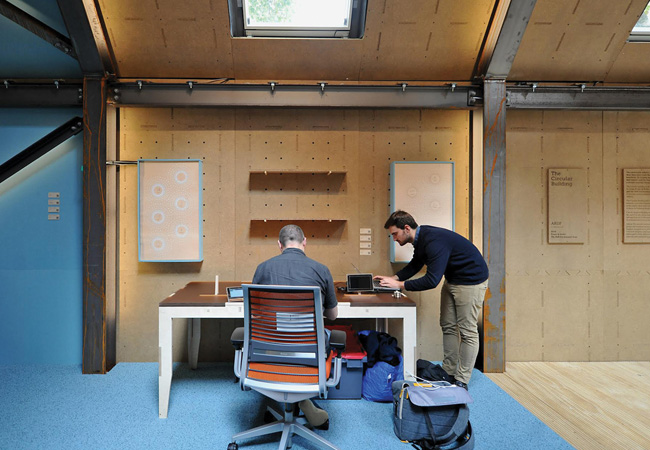
London’s 22 Bishopsgate is the first project in the UK to be registered for Well Building Standard (Well) certification. The rating tool, administered by the International Well Building Institute (IWBI) in America, aims to give a single ‘wellness’ rating for buildings.
The standard puts health and wellness at the centre of design and construction decisions, in an effort to create more productive offices for staff. As well as forcing up the quality of buildings – where we spend more than 90% of our time – some experts believe the measure will raise the rental yield for property owners. But others, such as BSRIA’s Rod Bunn, believe something as subjective as wellbeing cannot – and should not – be measured and distilled into a single rating.
Well Building Standard
A team at engineering consultancy Arup will be responsible for assessing and certifying 22 Bishopsgate, if planning permission for the building is granted. Ironically, the high-rise is embroiled in a right-to-light dispute because occupants of neighbouring buildings are concerned their wellbeing will be affected by the amount of light the new construction will block from their buildings.
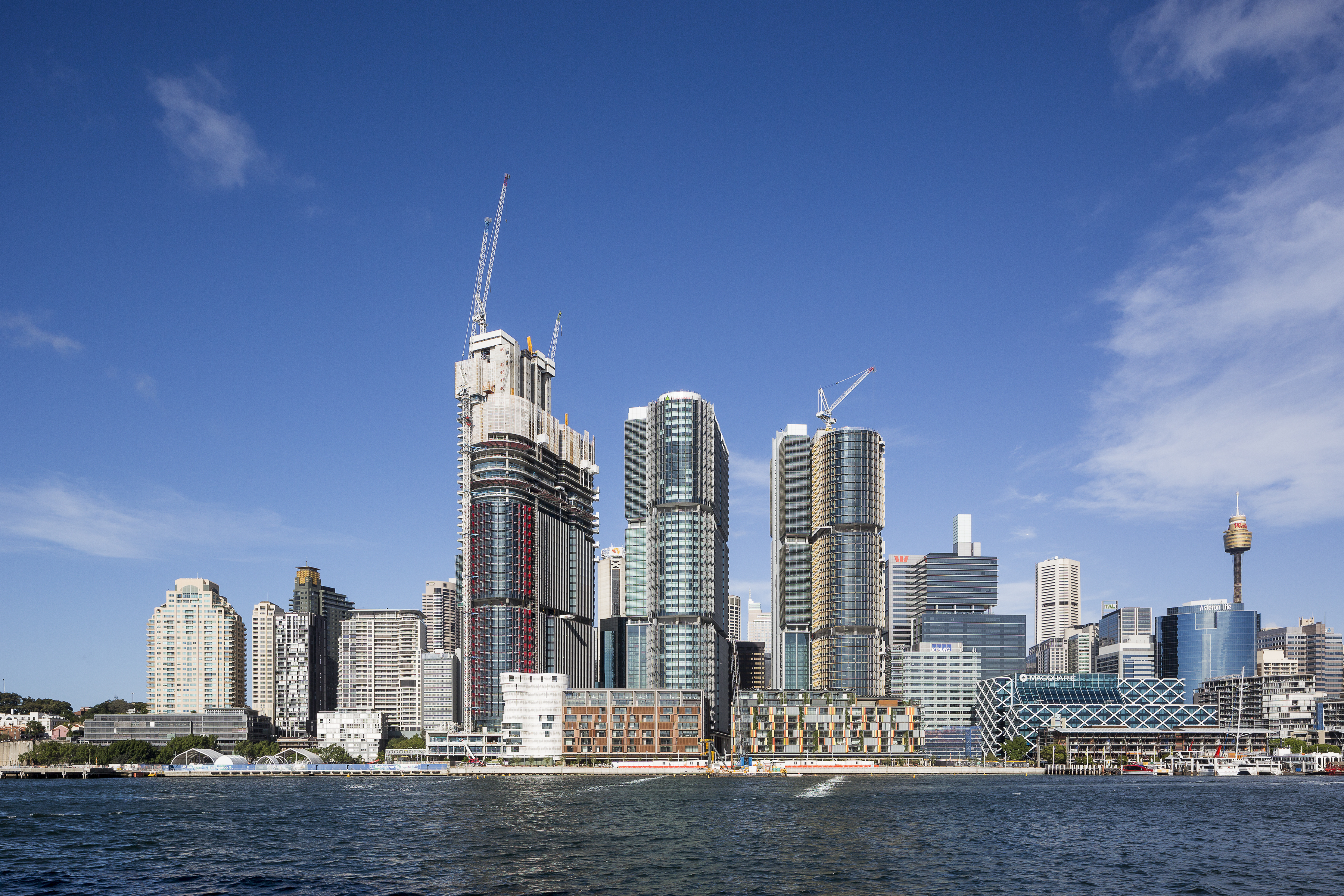
International Towers Sydney, Barangaroo, is the largest project currently Well-registered in Australia. Credit: Lendlease
Well Accredited Professional (Well AP) Ann Marie Aguilar says the certification scheme is a game changer because, for the first time, wellbeing can be quantified and measured. The scheme, she adds, is informed by a seven-year programme of scientific and medical research, and peer-reviewed studies related to the impacts of the built environment on human health.
She says to develop Well, founder of the standard – Delos – sourced existing scientific and medical research related to the impacts of the built environment on health. To finalise Well for release, IWBI undertook a comprehensive expert peer review process, which included three phases – a scientific, practitioner and medical reviews – and culminated in the release of the Well Building Standard v1.0.
The final peer review phase was led by Dr Michael Roizen, chief wellness officer of the Cleveland Clinic, and consisted of a comprehensive medical review of the standard.
How the Well Building Standard works
Well measures the attributes of a building that impact on occupant health by looking at seven areas – air, water, nourishment, light, fitness, comfort and mind. The standard comprises more than 100 features, applied to each building project, that are categorised either as preconditions necessary for baseline Well Certification or compliance, or optimisations – optional enhancements that determine the level of certification above baseline. The current Well v1 certification is optimised for commercial and institutional offices, and can be applied to three construction types: new and existing buildings; new and existing interiors; and core and shell.
Well is the first to grant certification only after a building has been assessed in operation. ‘Breeam and Leed projects must be designed sustainably, but – once in operation – many do not perform as designed. With Well, your building cannot get certified unless it meets all the performance metrics in use. This is a first for the built environment,’ says Aguilar.
She says having multiple sustainability rating tools can often be frustrating, and Well has entered the market as an international scheme that aims to work with all the country-specific tools that can be issued for different types of buildings all over the world.
‘The human body is the same in whichever region you build, so the information and medical research on which Well is based are consistent around the world.’
Well requirements
Well measures the attributes of buildings that impact on occupant health by looking at seven factors, or concepts.
One of these is nourishment – encouraging healthy eating habits by offering occupants healthier food choices, behavioural cues, and knowledge about nutrient quality.
Aguilar says: ‘Nutrition is something architects and engineers are not typically responsible for in a building, yet it has a huge impact on people’s health. Mindful eating, or healthier food choices, should be designed in, not thought about afterwards.’
As part of Well, designers need to meet with catering consultants to negotiate healthier options, she says, and encourage them to be transparent about the food they will be serving to the client and tenants.
Another concept covered by Well is fitness, and its requirements include supplying numerous opportunities for physical activity and exertion.
Tech in people’s pockets will make environmental-monitoring information public-facing, forcing developers to up their game
Aguilar says designers must encourage people to move through the building, and discourage them from sitting at their desks for prolonged periods. ‘Stairwell design is another Well requirement – it needs to be an attractive place to walk through, with sufficient lighting and artwork. It’s about changing people’s behaviour so they choose the stairs rather than taking the elevator.’
Well aims to encourage healthy behaviour by changing the environmental cues that we, as designers, provide for them, she adds. It also ensures there’s more interaction between human resources departments and facilities managers (FMs).
‘Instead of waiting for the log book to show complaints from users, it’s about working with them to prevent these things from happening, by engaging with employees,’ says Aguilar. ‘We have learned, through research, that elements such as lighting – which affects our circadian rhythm that regulates sleep patterns – air quality and filtration have a huge impact on how people feel. The less time people are sick will show the benefits of what we are doing.
‘Well criteria are taking medical knowledge and infusing it with the built environment to come up with design solutions that ensure a healthier workforce.’
Hard to measure
In 2014, WorldGBC – led by a project team from UK-GBC – published the report Health, Wellbeing and Productivity in Offices: The next chapter for green building, which set out a framework for organisations to measure how buildings affect their employees.
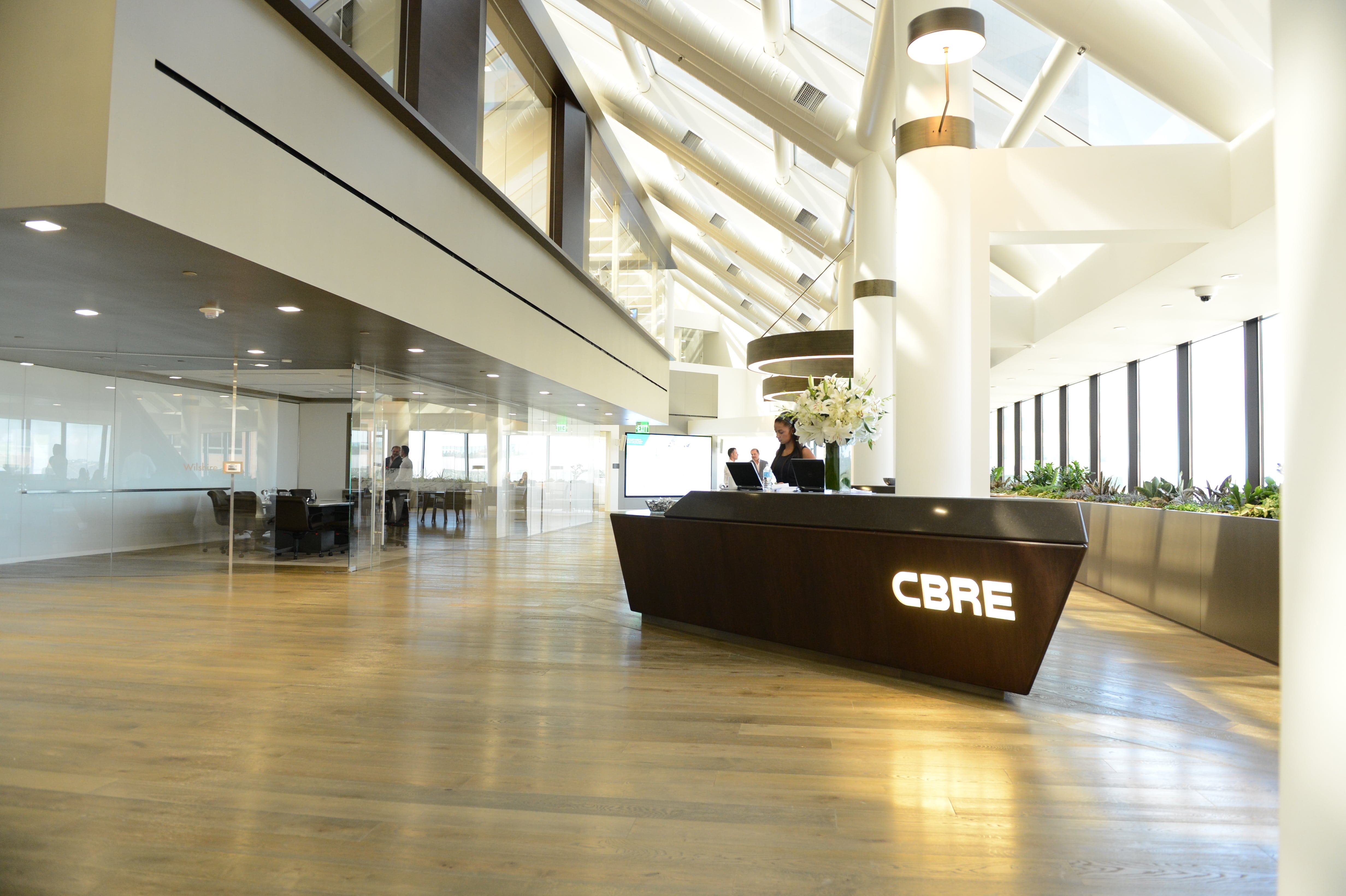
CBRE Global Corporate Headquarters, Los Angeles, was the first office in the world to be Well Certified as part of the pilot programme
WorldGBC then launched its follow-up campaign, Better Places for People, which applied these principles to other building types – retail stores and residential properties.
UK-GBC director of policy and communications, John Alker, says the study came from the realisation that ‘we need to put the user back at the heart of the design process’. ‘Any one of those things can be influenced by outside factors,’ he says. ‘But if you measure them all together you’re going to be able to spot trends.’
However, Bunn, principal consultant at BSRIA, says the link between wellbeing and productivity is tenuous at best, because neither factor can be measured accurately.
‘The report is based on productivity guesstimates,’ says Bunn. ‘I’ve been in schools that tend to overheat in summer, yet their Ofsted assessment is outstanding. Human beings are known for being adaptable.’
Bunn says productivity is almost impossible to quantify because it can only be measured on repetitive tasks. ‘If your company is not actually making anything, how are you going to put a number to that?’
He says evidence gathered in laboratory conditions is not a reflection of real life. ‘You can change the air quality, air temperature and other environmental variables, and get a measured increase, or improvement, in mind or visual tasks. But a day in the real world has a great many more variations than the ones you can create in a lab.’
Towards accurate monitoring
Richard Francis, principal at The Monomoy Company – which has a methodology for assessing the relationship between building and business performance – says we are seeing more empirical measurements of wellbeing through technology.
Inventions coming from outside the built environment are changing the way we carry out research, he adds. Wearable technology – such as the Muse headband, which charts brain activity, stress and anxiety – will take measuring occupant comfort to the next level.
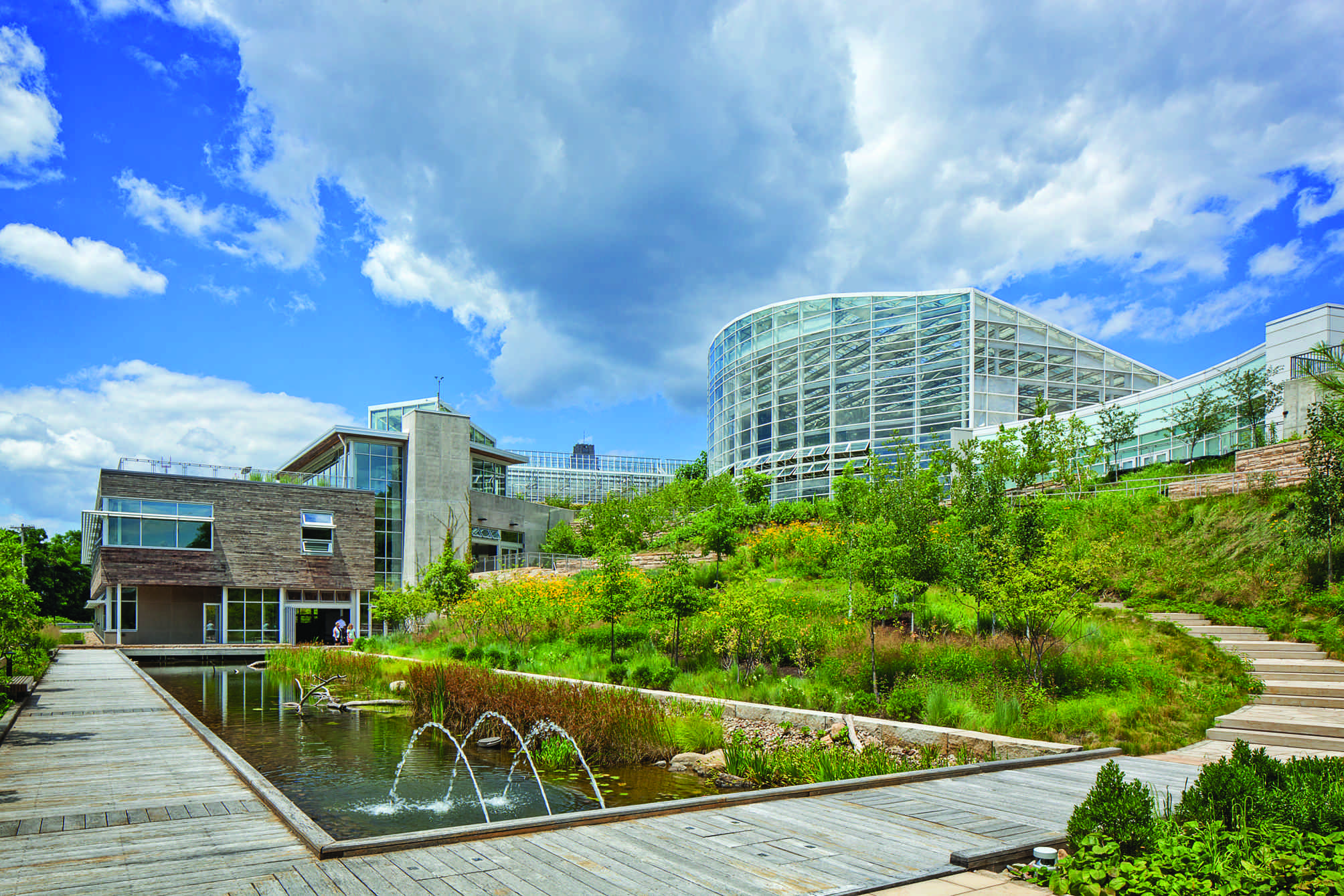
The Center for Sustainable Landscapes, Phipps Conservatory and Botanical Gardens, Pittsburgh – the first institution worldwide to be Well Certified Platinum. Credit: Denmarsh Photography
‘You can take objective measurements – such as daylight, noise levels and air quality – with a smartphone or inexpensive IEQ monitor, and subjective measurements by asking how people feel,’ says Francis. ‘By combining these with physical objective measurements – people’s heart and respiration rates, and brain activity – you’re taking research out of the laboratory. People are beginning to make the connection that their environment has an effect on their life, and wearable technology is helping them to quantify and understand it better.’
Francis says real-time information streaming will take this even further. He cites the Reset certification, which assesses how building materials impact health. This uses cloud-based calculators and a global database of materials to stream indoor air quality data in real time. Another example is the Apple app for outdoor air quality, or Israel’s BreezoMeter, which combines publicly available air-quality and weather data with algorithms, to provide hyper-local information in real time.
‘No-one will want to buy a home when they know the area will have a detrimental impact on their health,’ says Francis. ‘Technology in people’s pockets is going to make environmental-monitoring information public-facing, and open to future buyers and renters, forcing developers and communities to up their game.’
Well, or a similar tool, could create a ‘nutritional label’ for our buildings, says Francis. ‘Something that says, if we provide this amount of daylight and this quality of air, it’s likely to drive this level of performance.’
Looking beyond carbon reduction
The World Green Building Council (WorldGBC) is exploring the idea that behaviour can be influenced by context, and that an effective home design can improve occupants’ health and wellbeing.
Ashley Bateson, partner and head of sustainability at Hoare Lea, is part of the UK-GBC task group looking into the issue. He says the study is a response to the government’s Standards Review and the withdrawal of the Code for Sustainable Homes.
Ample academic research has shown that people feel more relaxed and less anxious in open green landscaping, says Bateson, and that people recover more quickly in hospitals if they can see green landscaping outside. He says North East housing association Gentoo has been issuing boilers on prescription to fuel-poor tenants to improve their health, and NHS costs in Sunderland have reduced as a result.
‘This is looking beyond carbon reduction and energy efficiency, which engineers feel comfortable about,’ says Bateson.
‘Engineers and architects need to think about how they might manage the air quality or acoustics during an early site appraisal. Knowledge about how environmental factors affect occupants should be part of the analysis.’.
Occupant satisfaction
Bunn says there is a danger that clients may seek a consultancy service when all that is required is common sense. He says most buildings need a light-touch investigation. ‘Whether you’re designing or managing a building, look at it critically and be open about what the shortcomings might be; talk to the staff – that will get you 80% of the way there.’
Methodologies for understanding occupant satisfaction – such as the Building User Survey – are already out there, adds Bunn, and Soft Landings is the perfect way to get feedback on building performance in use.
Proving a link between wellbeing and productivity may be easier with the rise in popularity of wearable technology. But it remains to be seen whether Well will drive up performance or become the preserve of the high-end property owners who want a commercial advantage. If the plans for 22 Bishopsgate go ahead, we may find out.

